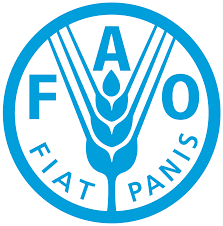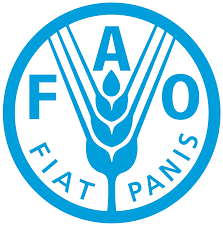The global food price index, released by the Food and Agriculture Organization (FAO) of the United Nations, has fallen for the eleventh consecutive month in February, marking a 19% decrease from the record level it reached in March following the Russian invasion of Ukraine. The organization noted today, Friday, that the index, which tracks the prices of the most traded food commodities worldwide, averaged 129.8 points last month. This is the lowest reading of the index since September 2021.
The monthly update indicated that the decline in prices of vegetable oils and dairy products contributed to the decrease in the index, offsetting the rise in sugar prices. The FAO cereal price index fell slightly by 0.1% month-on-month in February, with a marginal increase in wheat prices, while rice prices declined.
Vegetable oil prices dropped by 3.2%, and dairy product prices fell by 2.7%, while sugar prices rose by 6.9% to their highest level in six years due to a downward adjustment in production in India.
In a separate report on supply and demand for cereals, the FAO issued its first preliminary forecasts for global wheat production in 2023, estimating a year-on-year decline to 784 million tons, although the harvest will remain at the second-highest level on record.
The FAO raised its estimates for global grain production in 2022 by nine million tons to 2.77 billion tons, despite it being 1.3% lower year-on-year. The report clarified that the upward adjustment in estimates is primarily due to rice, with improved production forecasts in India.




